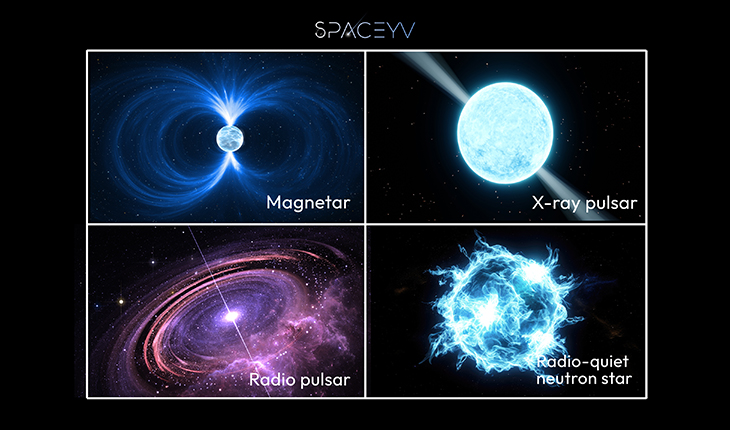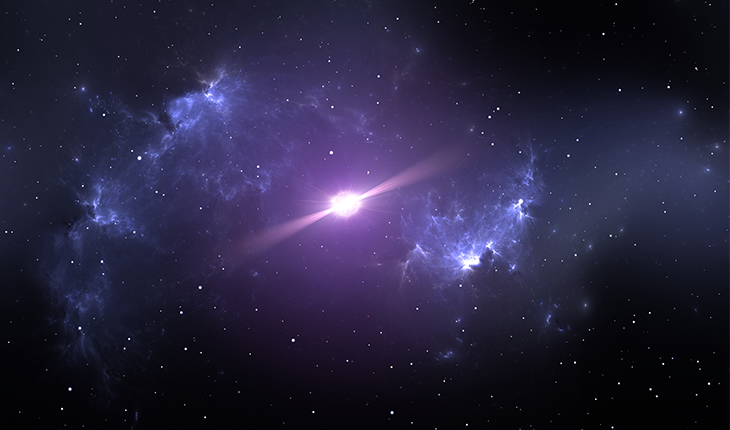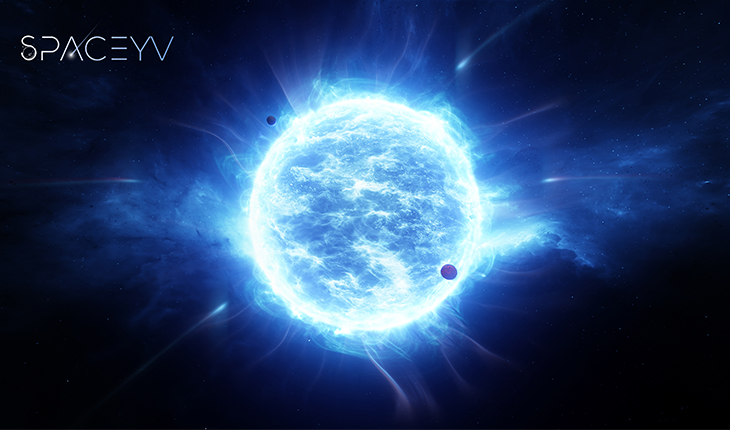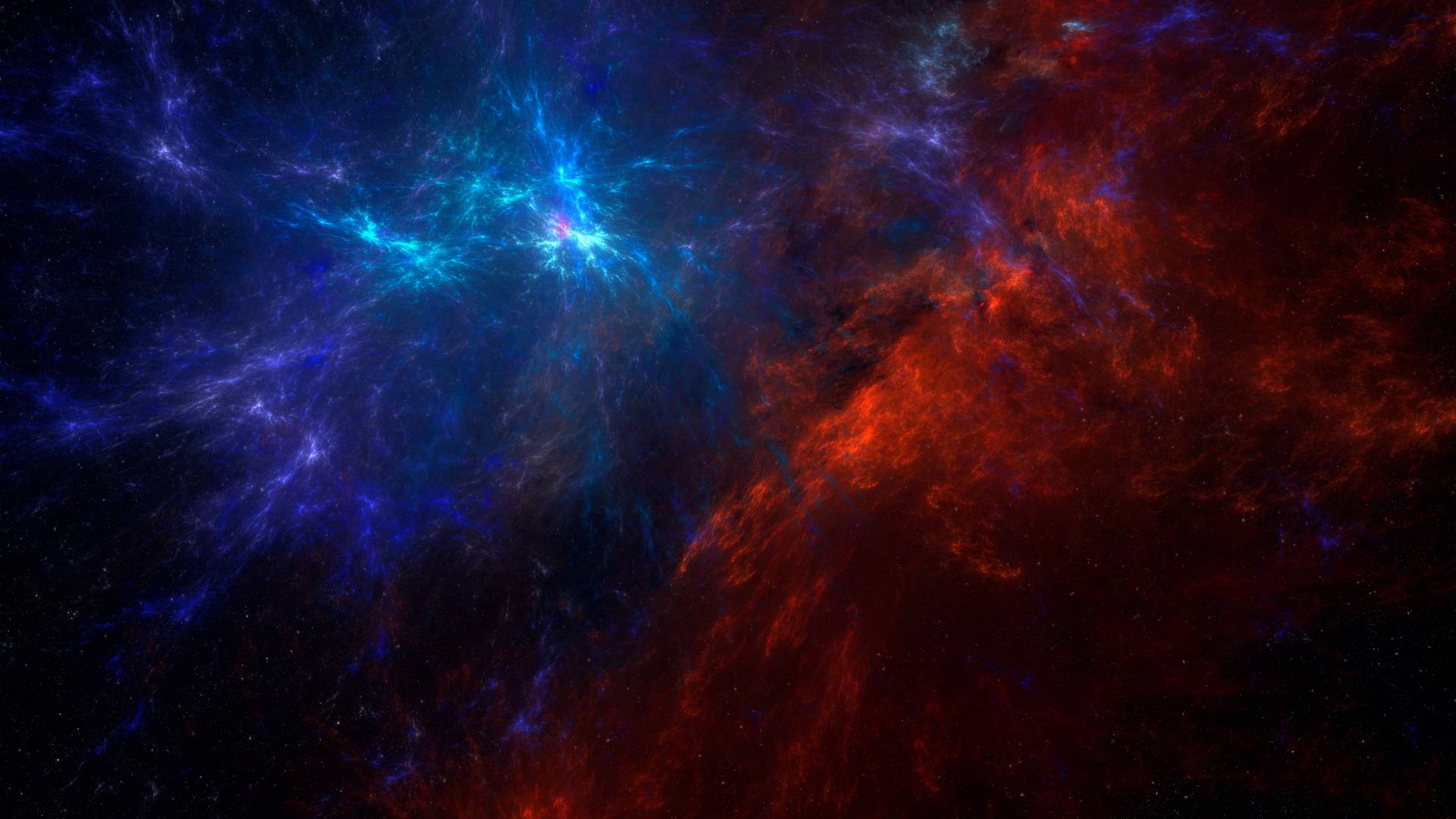In the huge space of the universe that filled with stars and galaxies, there are some amazing things that we don’t fully understand. One of these celestials wonders is the neutron stars glitch.
Neutron stars are what’s left after a big star explodes. They’re incredibly dense, much denser than anything we’re used to on Earth. Even though they might look calm and peaceful from far away, they hide a strange thing called a “glitch.” It’s like a hiccup in their spinning and a puzzling mystery that scientists are trying to solve. Let’s take a closer look at neutron stars and try to understand what causes these glitches, one of the most fascinating things in space science.
Understanding The Stars Glitch
The exact reason neutron stars have glitches is a big topic among scientists studying space. One popular idea is that glitches happen because of something called “superfluid.” Superfluid is a special type of stuff that can flow without any friction. Inside a neutron star, a superfluid is made of neutrons, protons, and electrons, and it can form little swirling areas called vortices.
These swirling areas, called vortices, cling to the star’s surface and gather energy, slowing down the star’s rotation. Eventually, when they have enough energy, they suddenly detach from the surface and transfer it to the star’s outer layer. This sudden burst of energy leads to a glitch, causing the star to spin faster for a brief period.

What is a neutron star glitch in space?
Researchers might have cracked the code on why neutron stars, those super dense remains of dead stars, sometimes have sudden bursts of spinning called “glitches.” These happen when small swirls of stuff inside the star break through its surface.
Neutron stars are leftovers from massive stars that exploded in supernovae. Sometimes, these neutron stars do something odd called a “glitch.” A glitch is when the star suddenly spins faster for a moment before returning to normal.
This glitch mystery confuses scientists because it’s not what they thought these small stars would do. One theory is that glitches occur because the star’s outer layer mixes with the superfluid inside. Superfluid is a strange kind of stuff that moves smoothly without any resistance. Within the neutron star, it forms small swirling whirlpools known as vortices.
When these vortices touch the crust, they can speed up the star unexpectedly. We’re still figuring out exactly why glitches happen, but studying them helps us learn more about the extreme physics inside these cosmic objects.
Neutron Stars and Black Holes
In space, two super cool things are neutron stars and black holes. Neutron stars are leftovers from big stars that exploded, and they’re packed super tight with neutrons. Black holes are like super strong vacuums that suck in everything, even light. Even though they’re different, neutron stars and black holes are born from big star explosions and have strong gravity.
Neutron stars are usually stable but sometimes act strangely, speeding up suddenly in a phenomenon called “glitches.” On the other hand, black holes are mysterious because we can’t see what’s inside them. But scientists have cool theories about how they work, like spinning and messing with space and time around them.
Both neutron stars and black holes are important in shaping the universe. Neutron stars often hang out with other stars, gobbling up stuff and giving off powerful radiation. Black holes, meanwhile, are famous for their gravity, which can mess with space itself.
Thanks to better technology, we’re learning more about these cosmic wonders. Scientists can now detect cool things like gravitational waves and even snap pictures of black holes. By studying neutron stars and black holes, we’re unlocking secrets about space, time, and the universe’s workings. These mysteries inspire us to keep exploring and pushing the limits of what we know about the universe.

How big are neutron stars
Neutron stars are super small and packed tightly, usually just a few kilometers wide. Even though they’re tiny, they’re incredibly heavy, with a mass many times greater than the Sun. This extreme heaviness happens because massive stars collapse during big explosions called supernovae, squishing all their stuff into a small space. Think of it like squeezing the whole Sun into a ball about 20 kilometers wide, about the size of a city. That’s how jam-packed and compact neutron stars are.
Related Contents:
Neutron stars death
Neutron stars can meet their end differently, depending on their location and what’s around them. Here are some ways it could happen:
Being Eaten by a Black Hole:
Neutron stars near black holes can lose material as they get pulled in by the black hole’s strong gravity. Eventually, the neutron star might completely vanish into the black hole.
Crashing into Something:
Neutron stars can collide with other objects, such as other neutron stars or black holes. When this happens, it releases energy and could create a bigger object, maybe even a black hole.
Another Supernova:
Neutron stars can have another supernova explosion if they gather enough material from another star they’re orbiting. This explosion could leave behind a black hole or scatter the neutron star’s stuff into space.
Turning into Quark Matter:
In some cases, under extreme conditions, neutron stars might change into something called quark matter. This process could turn the neutron star into a mix of tiny particles called quarks, making it disappear as a separate thing.
Slowly Vanishing:
Some light black holes might make a neutron star slowly disappear over time because they emit something called Hawking radiation. This would make the neutron star fade away until it’s gone.
These are some ways a neutron star might meet its end. What happens depends on factors such as how heavy it is, how old it is, and what’s around it in space.
In the vast expanse of space, neutron stars are incredibly interesting. They keep some of the universe’s most captivating secrets, like their extremely dense cores and puzzling glitches. Both scientists and space enthusiasts find neutron stars fascinating. Our fascination with the universe’s wonders only deepens as we uncover more about these cosmic mysteries.
Source: aanda.org




Hello, Jack speaking. I’ve bookmarked your site and make it a habit to check in daily. The information is top-notch, and I appreciate your efforts.